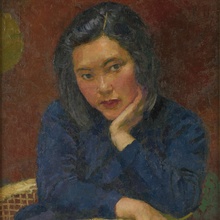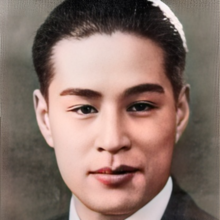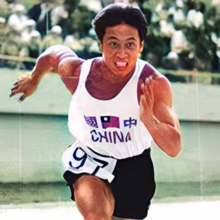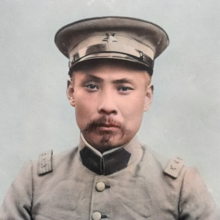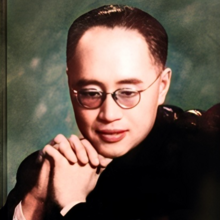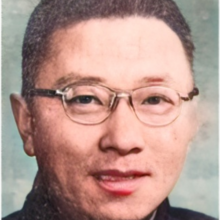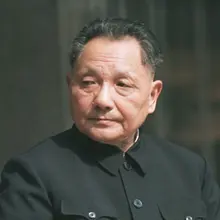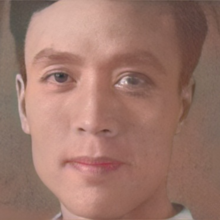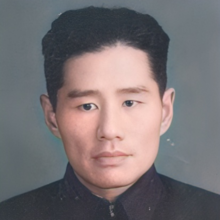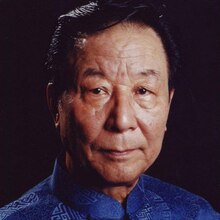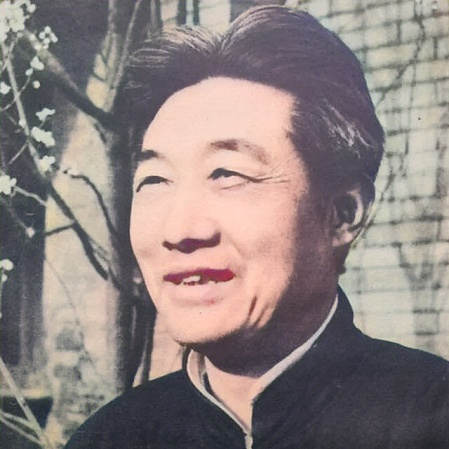
Personal
Other names:
Ju Peon
Job / Known for:
Painter and art reformer
Left traces:
Ink-and-wash paintings of horses
Born
Date:
1895-07-19
Location:
CN
Yixing, Jiangsu Province
Died
Date:
1953-09-26 (aged 58)
Resting place:
CN
Babaoshan Revolutionary Cemetery, Beijing
Death Cause:
Stroke
Family
Spouse:
Liao Jingwen
Children:
Xu Qingping and Xu Jingfei
Parent(s):
Xu Dazhang and Li Xueying
QR Code:
Show More
Rank
Users ranking to :
Thanks, you rate star
Ranking
5.0
1
About me / Bio:
Show More
Article for Xu Beihong
Died profile like Xu Beihong
Comments:

